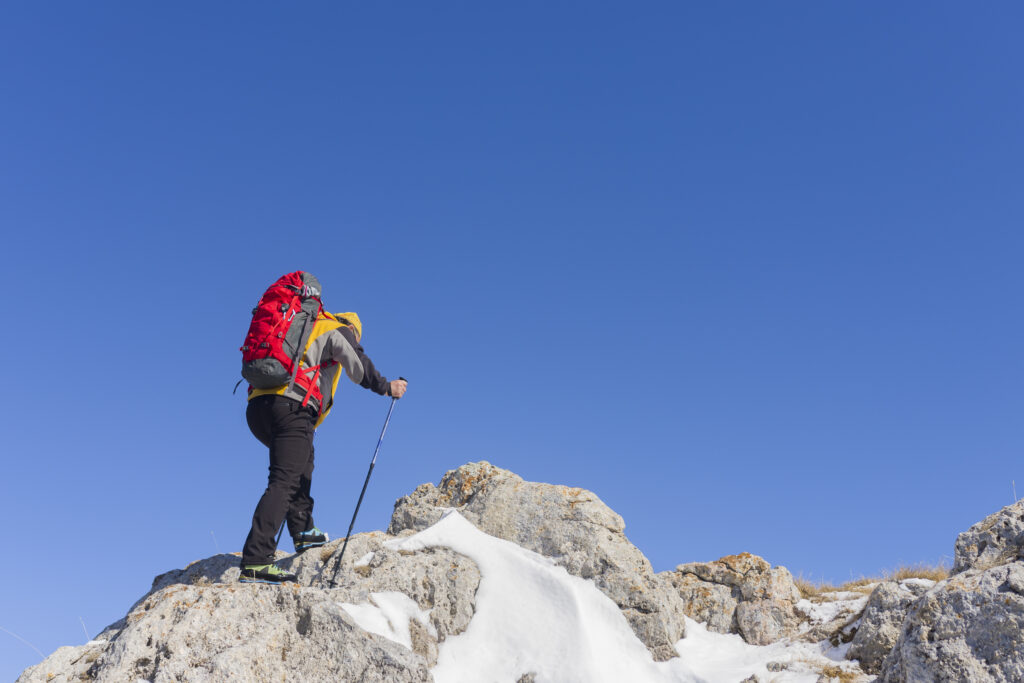Climbing Mount Kilimanjaro isn’t just a trek — it’s a dream that sits high on many travelers’ bucket lists. But before lacing up your boots, there’s one question every adventurer asks: when’s the best time to climb? While kilimanjaro climbing tours happen year-round, timing your ascent can make all the difference between a misty blur and a life-changing sunrise over Africa.
Understanding Kilimanjaro’s Climate
Mount Kilimanjaro stands tall at 5,895 meters, making it the highest free-standing mountain in the world. Its location near the equator means there are no classic “summer” or “winter” seasons — instead, Tanzania experiences dry and wet periods. Your climb will cross five ecological zones, from lush rainforest to arctic desert, and the weather changes dramatically as you ascend.
Here’s a quick overview of Kilimanjaro’s seasons:
- January to mid-March: Warm, clear mornings with occasional afternoon clouds. Ideal for quieter treks.
- Mid-March to May: The long rainy season. Slippery trails and limited visibility make it less favorable.
- June to October: The dry season — the most popular and stable time for climbing.
- November to mid-December: Short rains, but still manageable for experienced hikers.
The Dry Seasons: June to October & January to March
If you’re after the clearest skies, the best photography opportunities, and a higher summit success rate, stick to the dry months. The June-to-October window is the peak season — cool, crisp mornings and starry nights reward your effort. January to March offers similar advantages but with fewer crowds, making it ideal for those who prefer a quieter trail experience.
Why These Periods Are the Best
- Reliable weather: Minimal rainfall means fewer muddy paths and better visibility of the breathtaking landscapes below.
- Higher success rates: Studies show that climbers during dry months have up to 20% higher summit success compared to those in rainy periods (National Park Service data).
- Comfortable temperatures: Nights can still drop below freezing, but the days are pleasant enough for long hikes.
The Rainy Seasons: March to May & November
Now, climbing during the wet season isn’t for everyone — but it’s not all bad news. The scenery during these months is otherworldly. The forests are greener, flowers bloom, and you’ll encounter far fewer trekkers on the trail. The challenge? Slippery terrain, heavy mist, and the occasional downpour. If solitude and adventure matter more than clear photos, you might actually prefer this time.
Pros and Cons of Climbing in the Wet Season
- Pros: Lower costs, fewer tourists, and lush, vibrant landscapes.
- Cons: Reduced visibility, wet gear, and higher risk of altitude-related fatigue.
Best Routes Depending on the Season
Choosing the right route also depends on when you climb. Kilimanjaro has several paths — each with its own personality. The Machame Route, for instance, is scenic but steep, while the Marangu Route offers hut accommodations perfect for the wetter months.
- Dry season favorite: Machame or Lemosho Routes — known for dramatic views and gradual acclimatization.
- Wet season option: Rongai Route — drier and less affected by rainfall due to its northern approach.
Insider Tips Before You Climb
- Book your climb at least 3–6 months in advance, especially during peak season.
- Train for at least eight weeks — focus on endurance and hiking at altitude.
- Always pack quality waterproof gear, even in the dry season. Weather on Kilimanjaro can change fast.
- Consider adding a safari or cultural tour in Tanzania — many climbers pair their trek with local adventures.
FAQs About the Best Time to Climb Kilimanjaro
Is it possible to climb Kilimanjaro year-round?
Yes, it’s open all year, but the best months are January to March and June to October, when the trails are dry and visibility is excellent.
What’s the coldest time on Kilimanjaro?
July and August are the coldest months, especially at night. Expect sub-zero temperatures near the summit.
Which month has the fewest climbers?
April and May see the least traffic due to heavy rains, perfect for those seeking solitude and discounted tour prices.
How far in advance should I book a climbing tour?
For peak months (June–October), booking 3–6 months ahead is recommended to secure permits and experienced guides.
Final Thoughts
There’s no single “perfect” time to climb Kilimanjaro — it depends on what you value most. Clear skies and comfort? Choose the dry months. Solitude and adventure? Try the shoulder seasons. Either way, every step up Africa’s highest peak rewards you with something unforgettable — a breathtaking sunrise above the clouds and the proud feeling of standing on the world’s rooftop.


